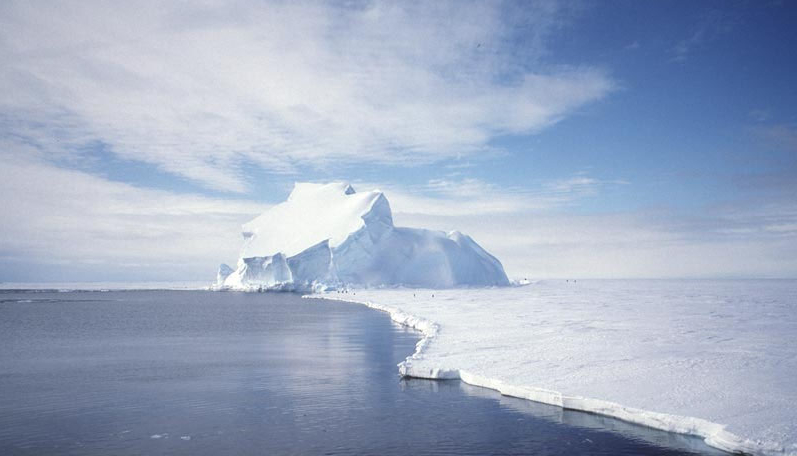What do cows and Antarctica have in common?


And you thought cow flatulence was bad.
Methane, the fume that emerges from the buttocks of bovines, is well known as a greenhouse gas that is more potent than CO2. The world's 1.5 billion cows and their noxious flapping habit contribute significantly to agriculture's 14 percent share of greenhouse gases and thus to global warming, the argument goes. For the technically minded - cows burp the stuff, too.
But you ain't seen nothing yet - possibly.
Scientists writing in Nature think that Antarctica is harboring vast stores of methane that could escape into the atmosphere as the earth warms up and melts the frozen continent's ice sheets.
While we've heard this sort of thing from the other end of the globe before - from the Arctic region, that is - the prospect of an additional wallop from the Antarctic increases the stakes of a catastrophic global warming scenario.
The team, lead by Jemima Wadham from Bristol University in England, estimates the volume of Antarctic methane at hundreds of billions of tons.
"This is an immense amount of organic carbon, more than ten times the size of carbon stocks in northern permafrost region," Wadham said in a BBC story reporting on the Nature article. She also noted that the the methane probably exists at shallow depths, adding to the likelihood of its release in a melt.
Skeptics take heart: the scientist have not actually found the Antarctic methane. Rather, they believe that microbes are "probably" converting ancient deposits of organic matter into the gas. In the complex world of climate change, not everything is as indubitable as the digestive disruptions out in the grazing field.
Images: Antarctica from NASA. Cow from USDA via Wikimedia.
More methane on SmartPlanet:
- Electric car? So 2011! DOE lab eyes compressed natural gas
- Fuel efficient cars: What a waste
- Converting danger into energy: Rwanda to divert lake’s lethal gases to power plant
This post was originally published on Smartplanet.com